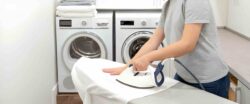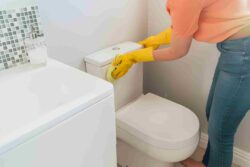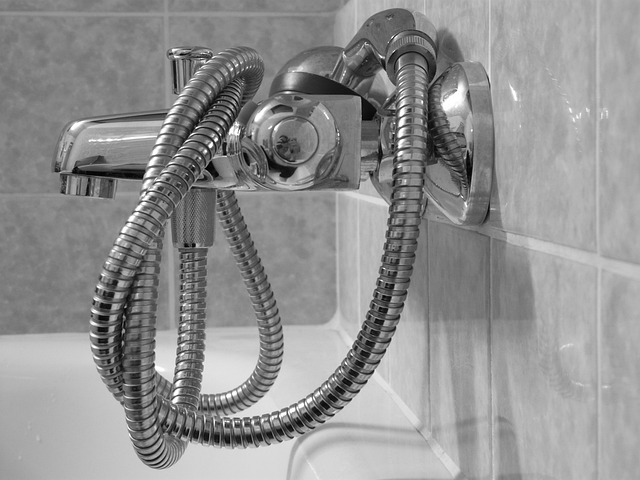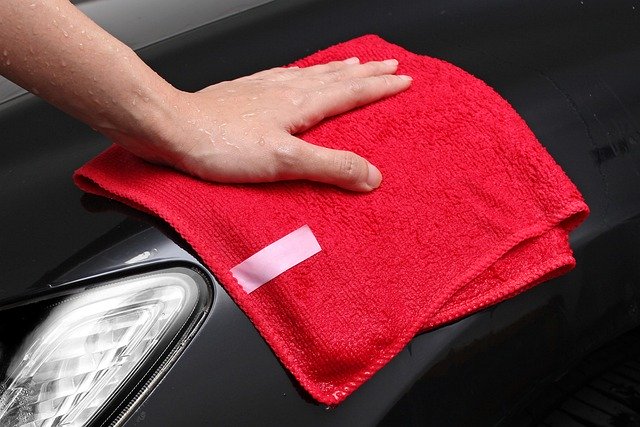Indoor air quality is a crucial aspect of our well-being, influencing our health and comfort within the confines of our homes. While we diligently clean our living spaces to maintain a hygienic environment, have you ever considered the impact of the cleaning products we use on the air we breathe?
In the dance of daily life, our homes stand as sanctuaries of comfort and safety. Yet, within the walls we cherish, a subtle player often goes unnoticed—the air we breathe. As we scrub, spray, and sanitize, the impact of cleaning products on indoor air quality unfolds, weaving a narrative of unseen consequences.
In this blog post, we peel back the layers, exploring the intricacies of how the very products designed to enhance our living spaces may inadvertently affect the air we fill our lungs with. It’s time to demystify the invisible and empower ourselves with knowledge that transcends the surface of cleanliness, delving deep into the heart of indoor air quality.
Here is our related post on The Impact of Cleaning Products on Your Indoor Air Quality
Impacts of Cleaning Products on Indoor Air Quality
1. Volatile Organic Compounds (VOCs) Emission
Cleaning products often contain VOCs, organic chemicals vaporizing into the air. VOCs can lead to respiratory issues and contribute to indoor air pollution. Look for products labeled “low VOC” to minimize this impact.
2. Formaldehyde Presence
Some cleaning agents release formaldehyde, a known carcinogen, into the air. This compound can cause irritation of the eyes, nose, and throat. Opt for products that are formaldehyde-free to mitigate this risk.
3. Particulate Matter Generation
Cleaning activities can stir up dust and particulate matter in the air. This can exacerbate respiratory conditions such as asthma. Regular dusting and the use of air purifiers can help reduce particulate matter levels.
4. Fragrance and Respiratory Irritation
The pleasant fragrances in many cleaning products may conceal harmful chemicals that can trigger respiratory irritation. Choose fragrance-free or naturally scented alternatives to minimize this impact.
5. Aerosolized Chemicals
Spray cleaners release fine droplets into the air, dispersing chemicals in an aerosol form. This can lead to inhalation of these chemicals, causing respiratory discomfort. Opt for non-aerosol alternatives or ensure proper ventilation when using spray cleaners.
6. Ozone Depletion
Certain cleaning products contain substances that contribute to ozone depletion, affecting both indoor and outdoor air quality. Check product labels for ozone-friendly certifications to minimize this environmental impact.
7. Antibacterial Agents and Antibiotic Resistance
Cleaning products with antibacterial agents may contribute to the development of antibiotic-resistant bacteria. Choose products that use alternative cleaning methods or promote good hygiene practices without relying solely on antibacterial agents.
8. Endocrine Disruptors
Some cleaning products contain endocrine disruptors that can interfere with hormonal systems. Opt for products with transparent labeling, and be cautious of those containing potentially harmful chemicals like phthalates and triclosan.
9. Allergen Aggravation
Cleaning products can exacerbate allergies by releasing allergens into the air. Ensure proper ventilation during cleaning activities and use hypoallergenic products to minimize the impact on individuals with sensitivities.
10. Long-Term Health Effects
Continuous exposure to the chemicals present in cleaning products may lead to long-term health effects, including respiratory diseases and other chronic conditions. Adopting a holistic approach to cleaning, such as using natural or homemade cleaning solutions, can contribute to better indoor air quality over time.
See also our post on 5 Importance of Regular Cleaning on Your Home’s Indoor Air Quality
Navigating Safer Options
1. Green Cleaning Products
Environmentally friendly alternatives with sustainable packaging. Explore products from companies committed to eco-friendly practices. Reduced exposure to harmful chemicals, lower environmental impact.
2. DIY Cleaning Solutions
Utilizing common household items like baking soda, vinegar, and lemon. Customization: Create your cleaning solutions, ensuring control over ingredients. Effective cleaning without the potential health risks associated with commercial products.
Strategies for a Healthier Home
Ventilation Strategies
This involves the deliberate exchange of indoor and outdoor air to improve air quality. Regularly open windows, use exhaust fans and invest in air purifiers. Enhanced air circulation and reduction of indoor air pollutants.
Reading Labels
You need to understand product labels to make informed choices. Look for labels indicating “low VOC” or “VOC-free” products. Equip yourself with the knowledge to choose products that prioritize health and sustainability.
Conclusion
In the pursuit of a clean and healthy home, understanding the impact of cleaning products on indoor air quality is paramount. By making informed choices and opting for alternatives that prioritize air safety, we can create living spaces that promote well-being for ourselves and our loved ones. As consumers, let’s navigate the aisles armed with knowledge, making choices that not only shine our surfaces but also safeguard the air we breathe.














